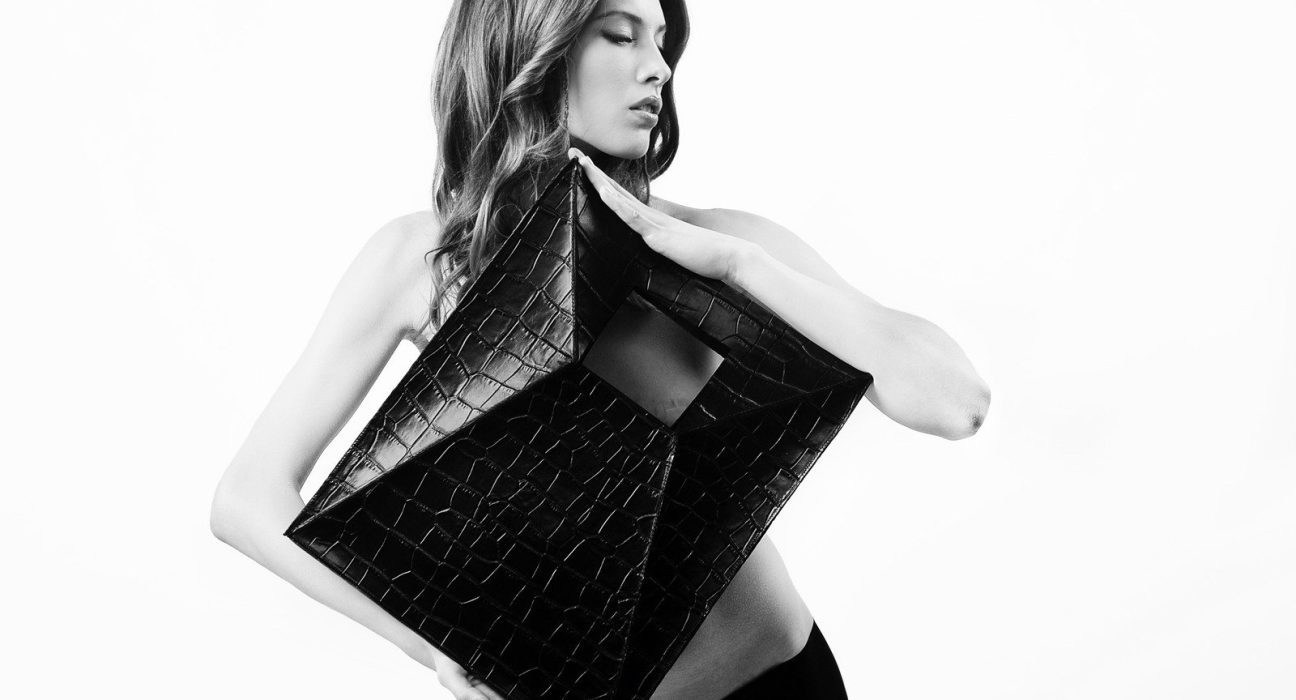Bags have been a staple in women's fashion for centuries, and their evolution has been nothing short of remarkable. From simple pouches used to carry essential items during the pre-industrial age, to statement pieces that complement modern wardrobe choices – bags have come a long way. In this historical perspective on women's bag fashion, we delve into the various stages of its development over time. We explore how bags were once seen as functional accessories but are now considered must-have fashion items. Get ready to take a trip down memory lane with us!
The Pre-Industrial Age
During the pre-industrial age, women's bags were primarily used for practical purposes and carried around their essential items. These bags were often made out of natural materials such as animal hides, woven fibers, or even leaves sewn together.
In ancient times, women would carry small leather pouches around their waists to hold coins and other trinkets. As societies evolved and trade became more prevalent, these pouches grew in size to accommodate larger items like food and clothing.
As centuries passed by, fashion began to influence the design of women's bags. Bags started being adorned with intricate embroidery or beading work that showcased a woman's status in society.
Interestingly enough, during this time period men also commonly carried small purses called “pockets” which they wore attached to their belts underneath their garments. Women continued using pouches until pockets eventually evolved into modern day handbags we see today.
The pre-industrial age marked an important era in the development of bag fashion for women. It laid the foundation for what would become an ever-evolving industry catering to both function and style.
The Victorian Age
The Victorian Age was a time of great change in women's fashion. This era saw the introduction of more practical and functional bags, such as the reticule. The reticule was small and often made from delicate fabrics like silk or velvet, with intricate beadwork or embroidery.
As society became more mobile, so did women's bags. The chatelaine bag became popular during this time period because it could be attached to a belt or waistband for easy access while on the go.
In addition to practicality, style was also important during the Victorian Era. Handbags started to become statement pieces that reflected social status and wealth. Bags were often adorned with jewels, pearls, lace and other luxurious materials.
One particular type of handbag that gained popularity during this era was the Gladstone bag named after William Gladstone who used one as his briefcase. These bags were large enough to hold all necessary items but also stylish enough to make a statement.
The Victorian Age marked an important turning point in women's handbag fashion by introducing both form and function into design while still maintaining elegance and luxury.
The Edwardian Age
The Edwardian Age marked a significant transition in women's bag fashion. As society progressed into the early 1900s, bags became more than just functional items; they evolved into stylish accessories that reflected the wearer's social status and personal style.
During this era, reticules gave way to larger handbags with metal frames and clasps. These elegant purses were often adorned with intricate embroidery or lavish embellishments such as beads, pearls, and lace. The fine craftsmanship of these bags showcased their owner's wealth and refined taste.
Moreover, the introduction of mass-produced textiles allowed for a greater variety of materials to be used in bag-making. While silk remained popular among higher-class ladies, more affordable fabrics like velvet or cotton provided options for those on tighter budgets.
This period also saw an increase in travel among the upper classes. As a result, luggage designs adapted to cater to women’s needs during long journeys. Traveling trunks featured compartments specifically designed for hats and shoes while large tote bags offered ample space for essentials without compromising style.
In summary (change this), the Edwardian Age was pivotal in shaping modern bag trends by introducing new styles and materials while embracing functionality alongside aesthetics.
The 20th Century
The 20th century saw the rise of women's handbags as a fashion statement. From the iconic Chanel bag to the Birkin, these accessories have become symbols of status and style. With advancements in technology and changes in society, bags have continued to evolve into new shapes, styles and materials.
Today's modern woman has access to an endless variety of bags for every occasion, from clutches for formal events to backpacks for everyday use. However, despite all this evolution in design and functionality over time, one thing remains constant: Women’s love affair with bags will never fade away.
As we look back on the history of women’s bag fashion through different eras, it is clear that they are not just a functional accessory but also a symbol of power and sophistication. The diversity across each era highlights how much fashion reflects social norms at any given time.
As times change so does women’s fashion choices in terms of their preferred bags which are still very much part of their overall outfit choice today; from practicality to aesthetics and many other factors come into play when selecting the perfect bag. Finally though what is certain is that no matter what trends may come or go – there will always be something special about owning a unique piece that feels like it was made just for you!


